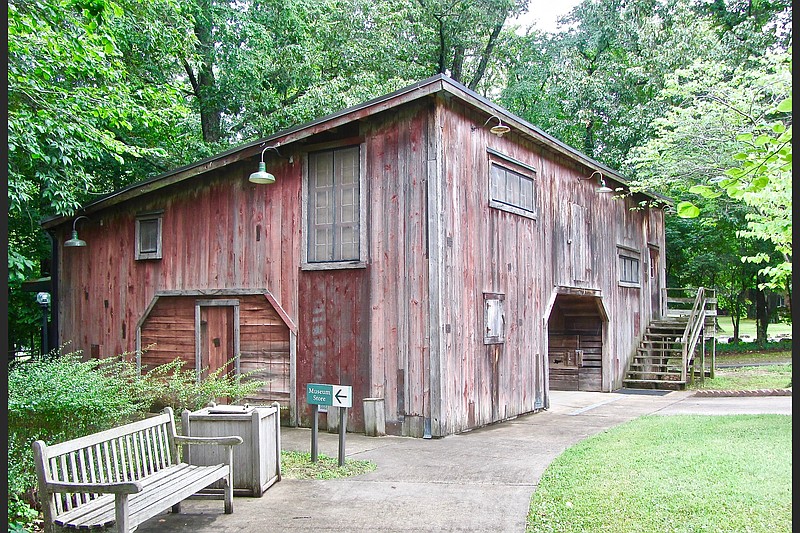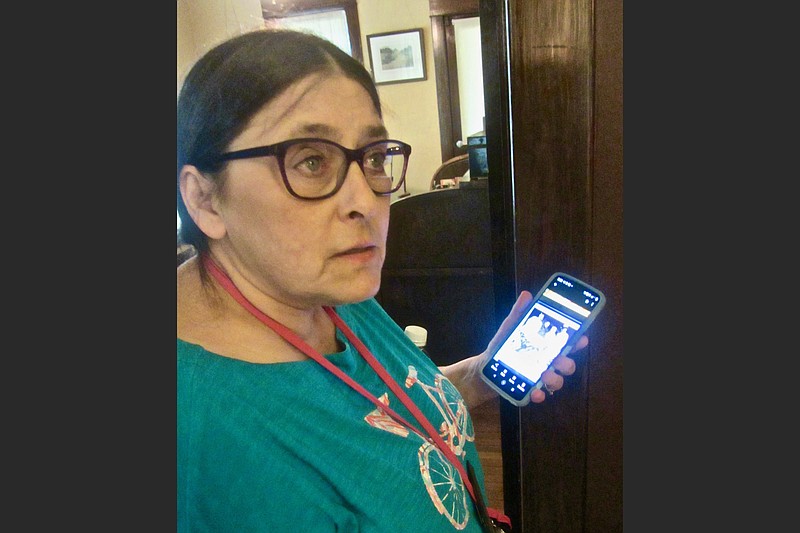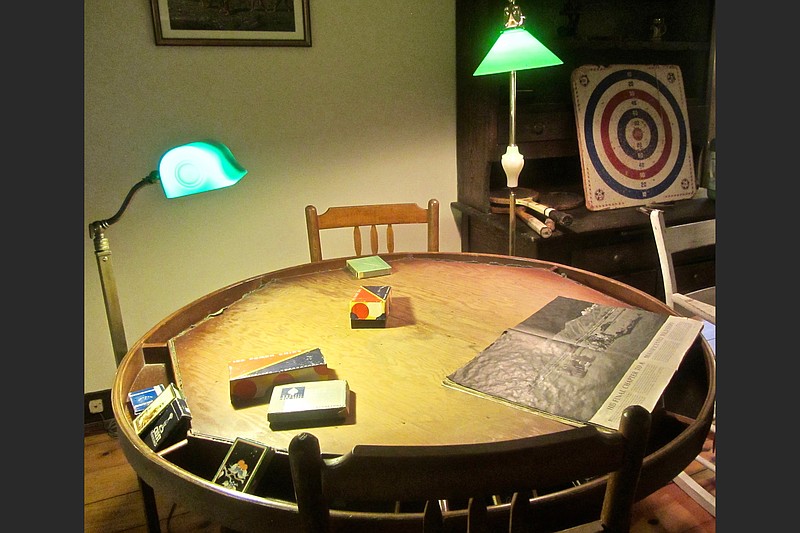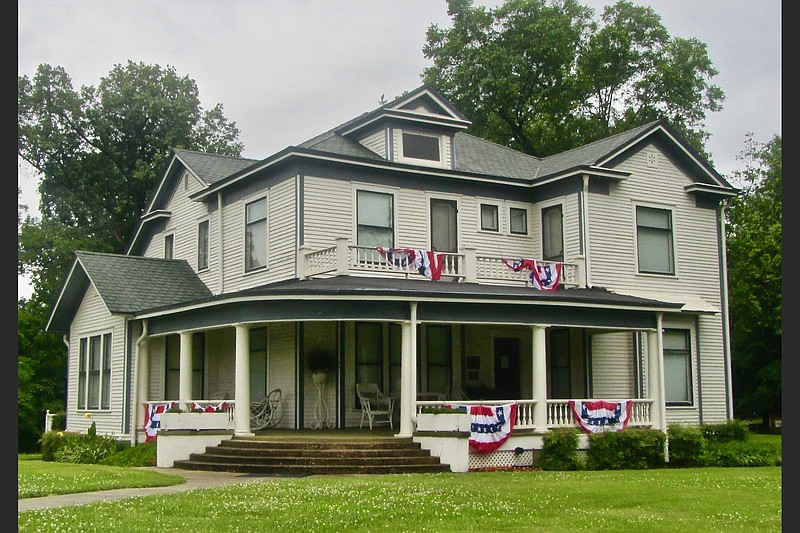PIGGOTT — Thanks in part to Ken Burns, the Hemingway-Pfeiffer Museum and Educational Center in Arkansas' northeast corner is enjoying a surge in visitors as pleasure travel accelerates this summer.
"Hemingway," the latest PBS documentary by renowned filmmaker Burns, aired in three parts over six hours this spring. Its narrative arc included Ernest Hemingway's second marriage — to Pauline Pfeiffer, daughter of Paul and Mary Pfeiffer, wealthy landowners in Piggott's surrounding Clay County. Pauline and Ernest married in 1927 and divorced in 1940.
Museum visitors learn that Hemingway wrote part of his World War I novel "A Farewell to Arms" in the loft of the property's barn, which his wife had remodeled to be his studio. He worked on a few short stories as well during several stays.
At the top of the loft's stairs, tourists are greeted by an open-mouthed lion with fearsome fangs. It's among taxidermy specimens of African animals like those shot by Ernest and Pauline on a safari financed by her uncle, Gus Pfeiffer.

"We have seen a steady rise in tourist visits following the PBS series," says Shannon Williams, director of the Arkansas State University heritage site. "The television exposure definitely is having a positive impact. It's also clear to us that people are feeling more comfortable about traveling in 2021."
Hemingway's sustaining fame as one of the 20th century's premier writers accounts for what Williams calls "our widespread clientele. I believe we've recorded visitors from 43 states. Canada and the United Kingdom are the two largest foreign contingents, but the rest of Europe is well represented on our visitor roster."
Pauline Pfeiffer died in 1951. Hemingway fatally shot himself in Idaho a decade later after battles with depression. The Piggott house remained Pfeiffer property until Pauline's widowed mother died in 1950. It was sold by the next owner in 1997 to Arkansas State University, which opened the museum in 1999.
Visitors get a tour of the rambling two-story home, often by well-versed Karen Trout, who has worked as a guide here for 18 years. A new stop on her tours is a recently acquired artifact — a large, framed Pfeiffer family tree dating back to the 17th century.

The living room features a Steinway piano that was a gift from Uncle Gus — although nobody in the household played the piano. On it sits sheet music from the 1932 movie version of "A Farewell to Arms." Displayed elsewhere is a copy of Hemingway's "The Sun Also Rises," signed by Paul Pfeiffer in 1930.
A poker table in the loft is evidence that Hemingway enjoyed wagering with locals. A dart board on the nearby wall indicates another of his recreational pleasures. A vintage typewriter sitting in front of the trophy lion is similar to one he used in the 1930s.
The museum's gift shop sells most of Hemingway's works, along with other books about the famed author and the Pfeiffers. Well worth reading is a 2012 volume by Ruth A. Hawkins. Now a retired Arkansas State University administrator, she created the Arkansas Heritage Sites program that includes the Piggott property.

Hawkins' book observes that Pauline is less known than the other three wives — Hadley Richardson, Martha Gellhorn and Mary Welsh. That's true even though she was a capable editor who "lived and worked with him during his most productive period as a writer" and bore two of his three children. Hemingway divorced her to wed Gellhorn, a correspondent he'd met while covering the Spanish Civil War.
"When Ernest betrayed Pauline," writes Hawkins, "he cut himself off from the Pfeiffer resources that had sustained him for years."
The book's title could well sum up the trajectory of the couple's tangled relationship: "Unbelievable Happiness and Final Sorrow."
The Hemingway-Pfeiffer Museum
- Location: 1021 W. Cherry St., Piggott
- Hours: Tours start on the hour from 9 a.m.-3 p.m. Monday-Saturday.
- Admission: $10 ($5 for senior citizens and groups of 8 or more)
- Information: (870) 598-3487 or visit hemingway.astate.edu
